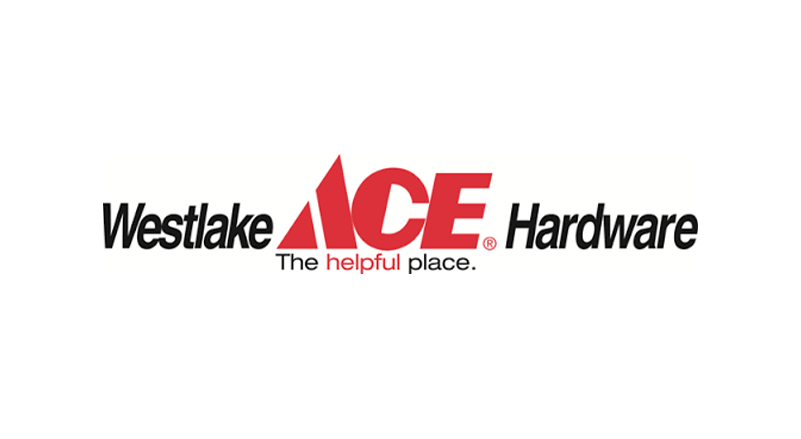Lighting Maintenance Blog Series: Replacing Lights and Fixtures
This is the final post in a series about lighting maintenance.
The first and second part of this series on lighting maintenance covered the principles and policy that should be placed for an efficient system.
Providing proper training should also be included in a lighting maintenance plan. This includes understanding procedures such as cleaning, lamp and fixture replacement, and fixture inspection. Maintenance personnel should also be aware of different lighting types and the relative costs of each in a lighting system. Working with lighting professionals is an added bonus to maintain knowledge of any new technologies or policy changes.
Replacing Lights and Fixtures
Replacing lights and fixtures is an essential part of lighting system maintenance. There are two types of replacement: spot and group replacement. Spot replacement is replacing lamps as they burn out, and is the most commonly used technique in traditional maintenance programs. Group replacement is replacing a set of lamps all at once.
Many studies have shown that group replacement has higher lamp costs, while spot replacement requires higher labor costs. However, group replacement has a number of advantages over spot replacement in certain situations, including being easier to oversee and schedule.
- Group replacement can be done by outside contractors, potentially reducing the size and cost of an in-house maintenance staff.
- Group replacement provides increased control, reducing the chance of improperly mixing different types of lamps. It also ensures that the most efficient fixtures are used.
- Relamping can be combined with other maintenance activities, such as ballast inspection and lens cleaning.
While completing a group replacement, take the opportunity to test light levels for adequacy and space. When relamping, test the new lamps in a small area to ensure adequate illumination, occupant satisfaction, and compatibility of the new lamp and the old fixture.
Lighting systems are a main source of utility costs, and can deteriorate over time, while continuing to use the same amount of energy. You can reduce utility bills and improve lighting efficiency through proper lighting maintenance.
Source: Ameren Missouri
Leave a Reply
You must be logged in to post a comment.




